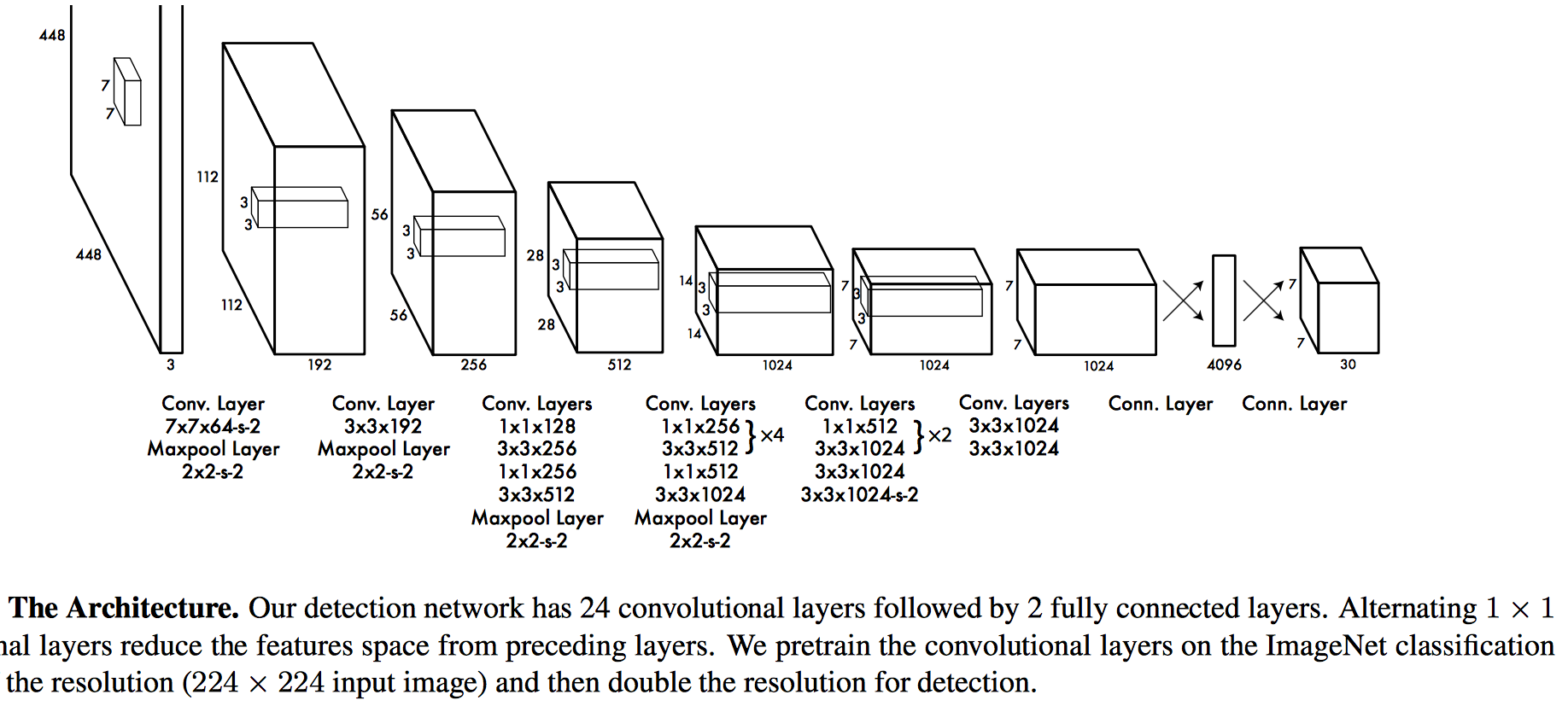Mathematical Methods for Data Science
Keith Dillon
Spring 2019

Topic 3: "Tensors" and Vectorization
This topic:¶
- Vectorization and Matricization
- Kronecker product
Reading:
- Strang section IV.3
- "The ubiquitous Kronecker product", Van Loan, 2000
I. Vectorization, Matricization, and Reshaping¶
Motivation¶
- In Machine Learning and especially Deep Learning, data is popularly structured as so-called Tensors.
- However behind the scenes, (we commonly hear) linear algebra is applied to this data
Q: But isn't linear algebra mainly just vector and matrix operations?
- A: Yes. The tensors everyone uses are processed using matrices and vectors.
(There is actual higher-order versions of linear algebra, referred to as Tensor operations, such as Tucker decompositions, but this is a small research niche, not related to the math behind Tensorflow etc.)
What is a "Tensor"? (Computer Science version)¶

Behind the scenes it's just another list of numbers with some extra info regarding dimensions
Ndarray¶
https://docs.scipy.org/doc/numpy-1.13.0/reference/arrays.ndarray.html
A $d$-dimensional data structure, containing $n_1\times n_2 \times ... \times n_d$ numbers
In [3]:
np.random.rand(3)
Out[3]:
array([0.57100166, 0.07586713, 0.90062779])
In [5]:
np.random.rand(3,2) # note not a tuple (unlike many other numpy functions)
Out[5]:
array([[0.49662458, 0.23158612],
[0.94269648, 0.84962285],
[0.68847847, 0.73942405]])
In [7]:
np.random.rand(3,2,4)
Out[7]:
array([[[0.09840227, 0.26310991, 0.58589047, 0.33265107],
[0.89329091, 0.99117784, 0.49475921, 0.08047502]],
[[0.09570909, 0.28074458, 0.15119848, 0.99682941],
[0.46506878, 0.0333583 , 0.08488412, 0.26735574]],
[[0.65350538, 0.43238726, 0.79292367, 0.58734204],
[0.3019322 , 0.21985196, 0.41835067, 0.44614492]]])
- A list of length 3,
- each of those 3 elements is a list of length 2
- each of those 2 elements is a list of length 4
In [9]:
T = np.random.rand(3,2,4,3,2)
T.shape
Out[9]:
(3, 2, 4, 3, 2)
In [10]:
T.ndim
Out[10]:
5
Vectorization and Matricization¶
II. Kronecker Product "$\otimes$"¶
In [ ]:
In [ ]:
In [ ]:
In [ ]:
In [ ]: